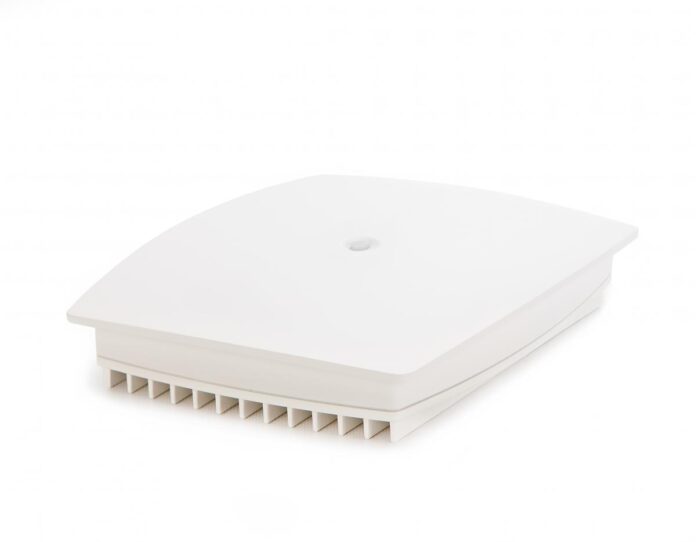Qualcomm got a lot of attention at Small Cells World Summit 2014 with its talk about “inside out” connectivity enabled by small cells. The mobile chip giant wants operators to consider super powerful indoor small cells as a way to connect entire neighborhoods. Indoor small cells can leverage Ethernet for backhaul, and do not face the zoning challenges that outdoor metro cells can encounter.
Qualcomm’s FSM90xx chipset, expected to sample this year, is meant to power these workhorse small cells. But Qualcomm is not alone in eyeing the emerging small cell market. Broadcom has also upped its small cell game this summer, launching three new chipsets that it says will double the capacity for carriers to offload data traffic. Like Qualcomm’s solutions, the Broadcom small cell platform includes support for LTE and for Wi-Fi offload.
Broadcom has separate products for the residential, enterprise and outdoor markets. Its residential product is the BCM61735, a low cost, low power multi-radio solution. Its enterprise solution (BCM61755) and its outdoor product (BCM71765) both support 3G, 4G/LTE, and Wi-Fi, and the BCM71765 also supports 20+20 MHz carrier aggregation.
Broadcom says its small cell products are inside more than two million small cells that have already been deployed. Customers include ZTE, Alcatel Lucent, SpiderCloud Wireless, SK Telecom, Datang, Quanta Computer, and Radisys.
On the metro cell front, chipmakers like Freescale and Texas Instruments have leveraged their macro cell expertise. Freescale is collaborating with Brazil’s CPqD to develop outdoor small cells which Brazil hopes to deploy in rural areas where both power and backhaul are extremely limited. CPqD is a Brazilian research company that patents intellectual property and provides operations and business support systems, consulting services, and IT industry training and solutions.
Follow me on Twitter.
Image source: SpiderCloud Wireless

Small cell chip update
ABOUT AUTHOR
